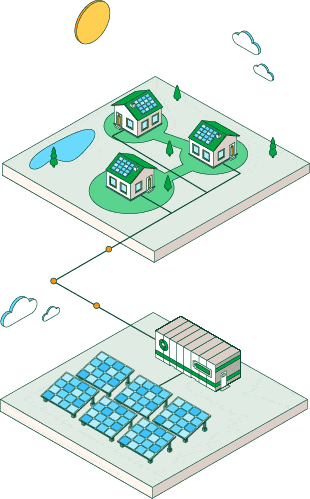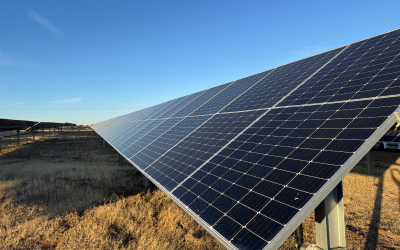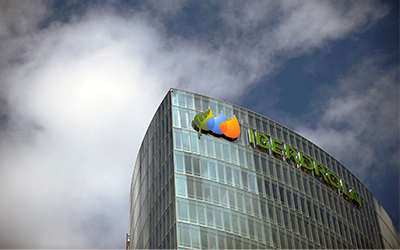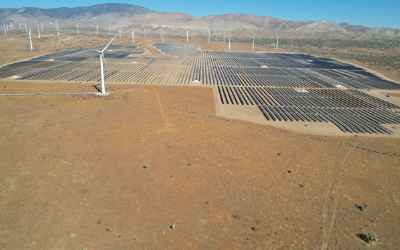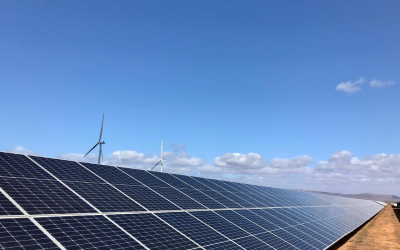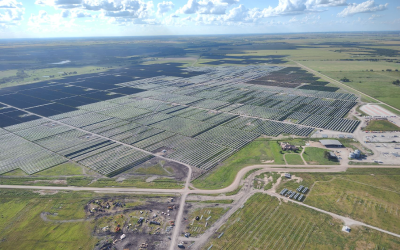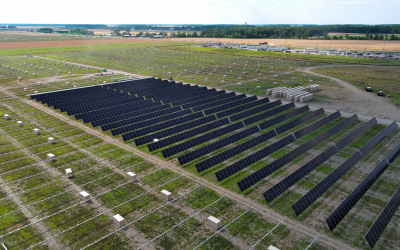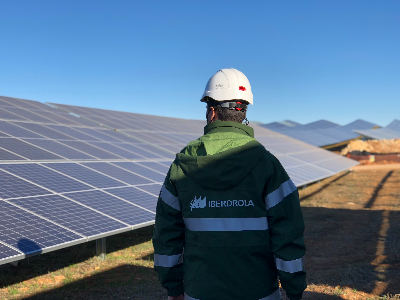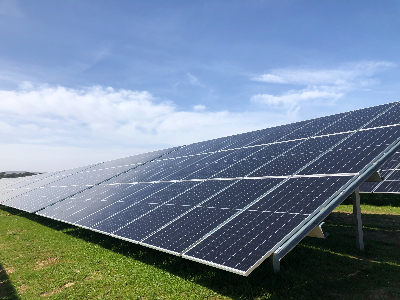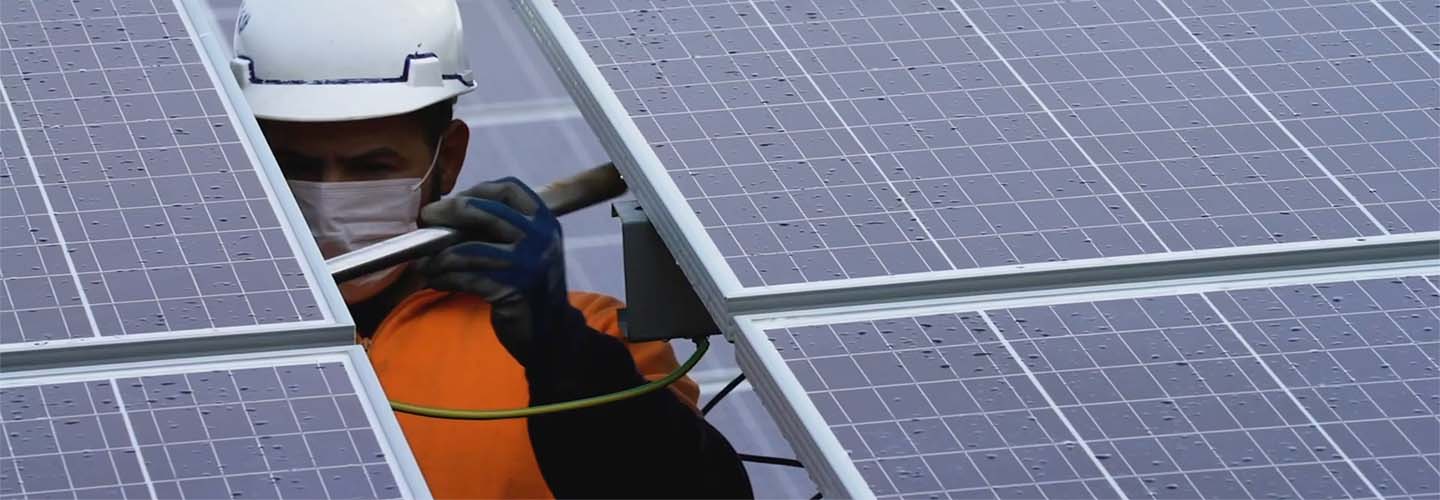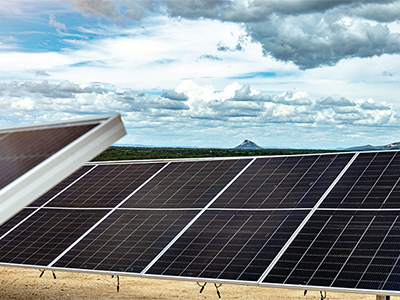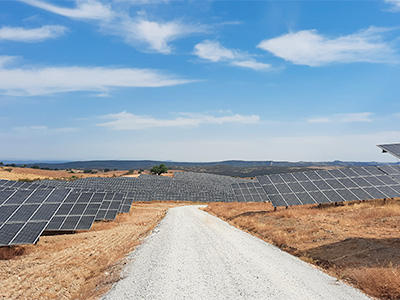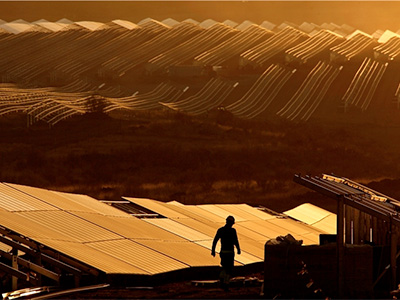-
When it comes on stream in 2025, the Fernando Pessoa plant, named after the Portuguese poet, will be able to supply enough clean, low cost, locally generated green energy to cover the annual needs of some 430,000 households, a population...
Iberdrola has been awarded four agrovoltaic projects with a total capacity of 12 megawatts (MW) in the renewable energy innovation tenders launched by the French Ministry of Energy Transition . As a prerequisite and priority, the projects...
-
Iberdrola has obtained a favourable Environmental Impact Statement (EIS) for the development of one of the largest photovoltaic projects in Castilla y León, which will be located in the municipality of Villalba de Guardo in the province of...
-
Facebook We get the environmental green light for one of the largest photovoltaic projects in Spain
-
Twitter We get the environmental green light for one of the largest photovoltaic projects in Spain
-
Linkedin We get the environmental green light for one of the largest photovoltaic projects in Spain
-
Whatsapp
The Iberdrola group plans to install in Brazil, through its subsidiary Neoenergia, the company's first floating photovoltaic plant in the world. The project will be built on the water surface of the Xaréu dam on the island of Fernando de...
-
-
The European Investment Bank (EIB) and Iberdrola have signed a new agreement to accelerate Portugal's energy transition via the development of new renewable energy plants. The EU bank will provide a €70 million green loan for the construction...
Iberdrola is making progress in its photovoltaic deployment in Portugal with the completion of the construction of the Conde plant, located in the municipality of Palmela, in the district of Setúbal (Lisbon region). With an installed capacity...







